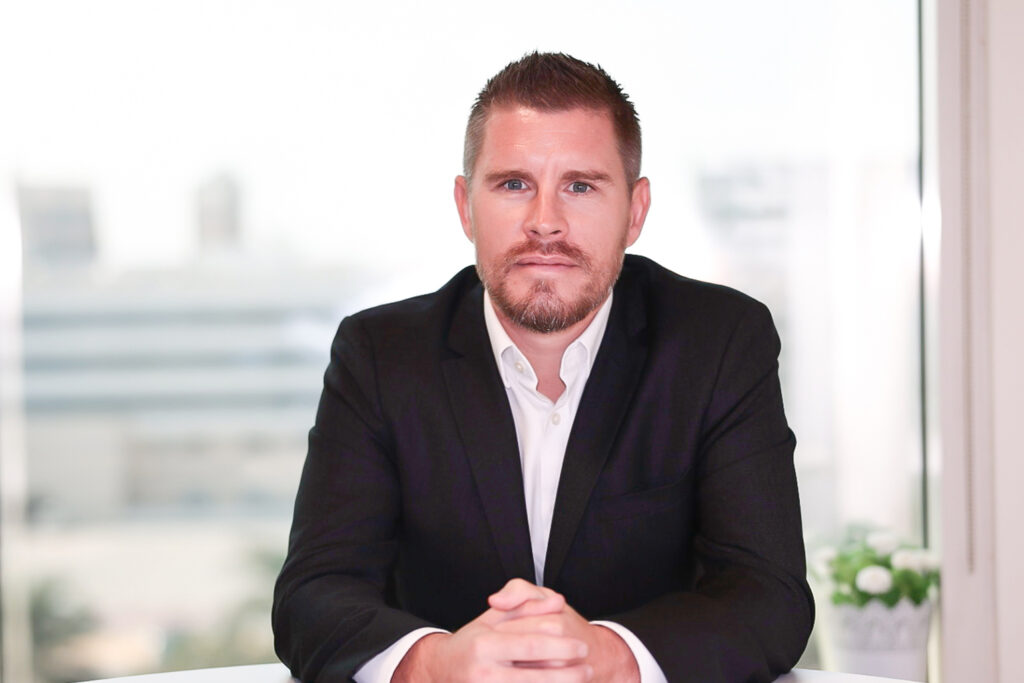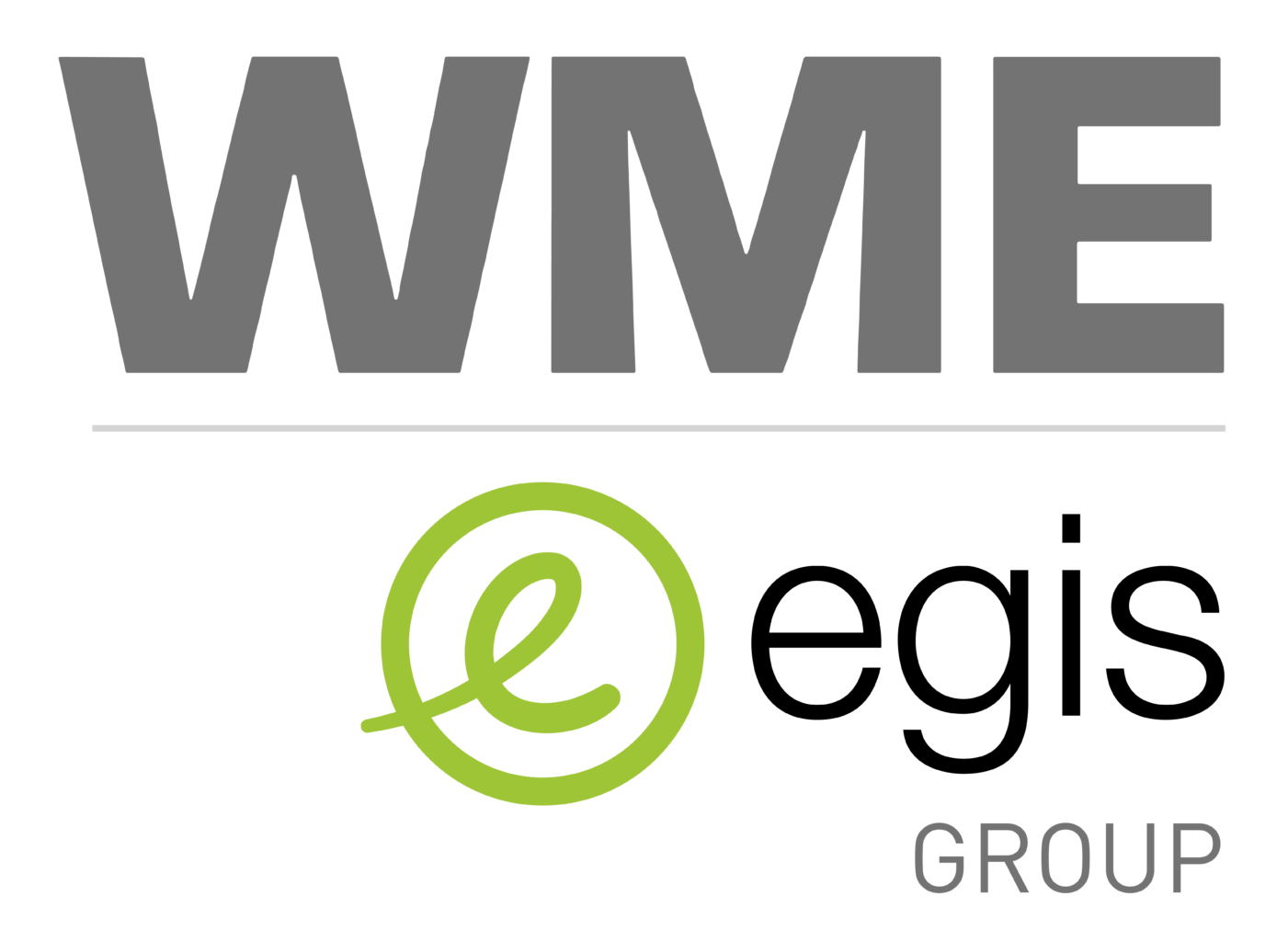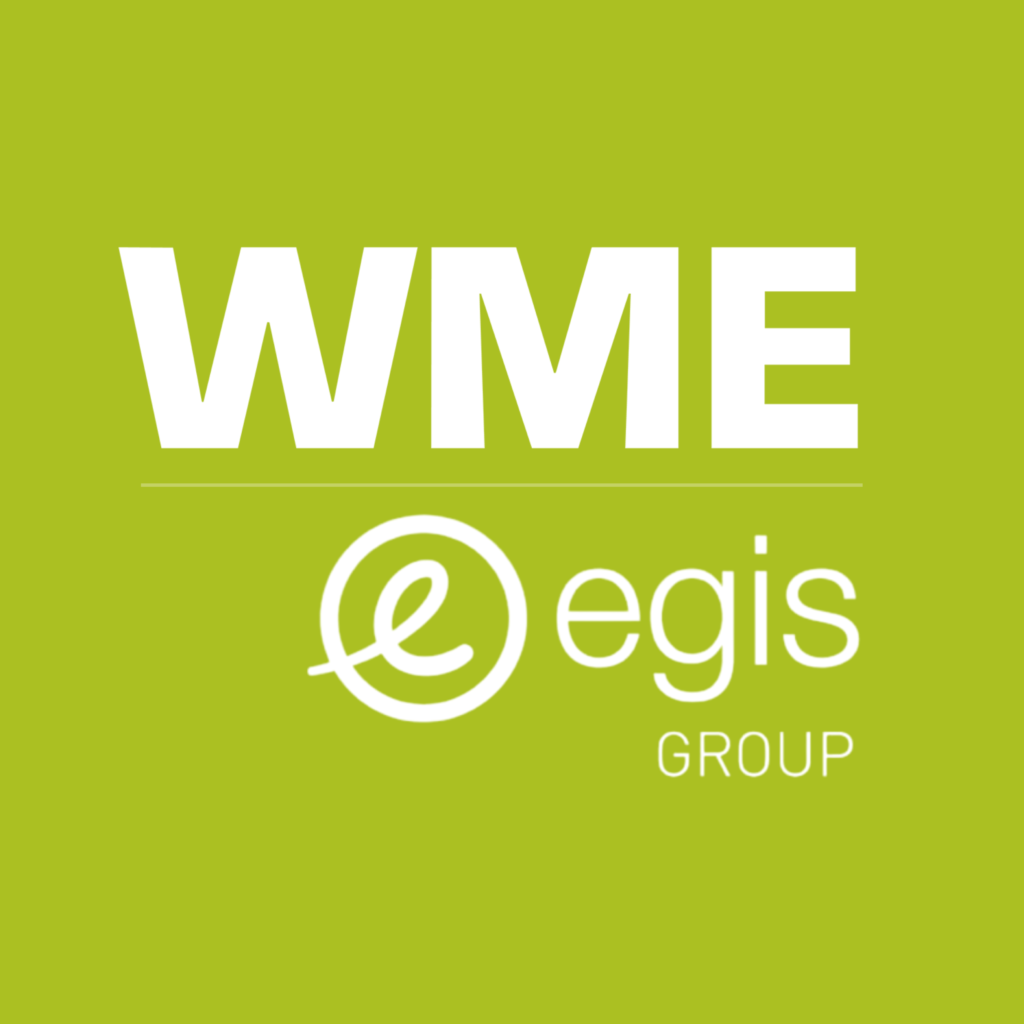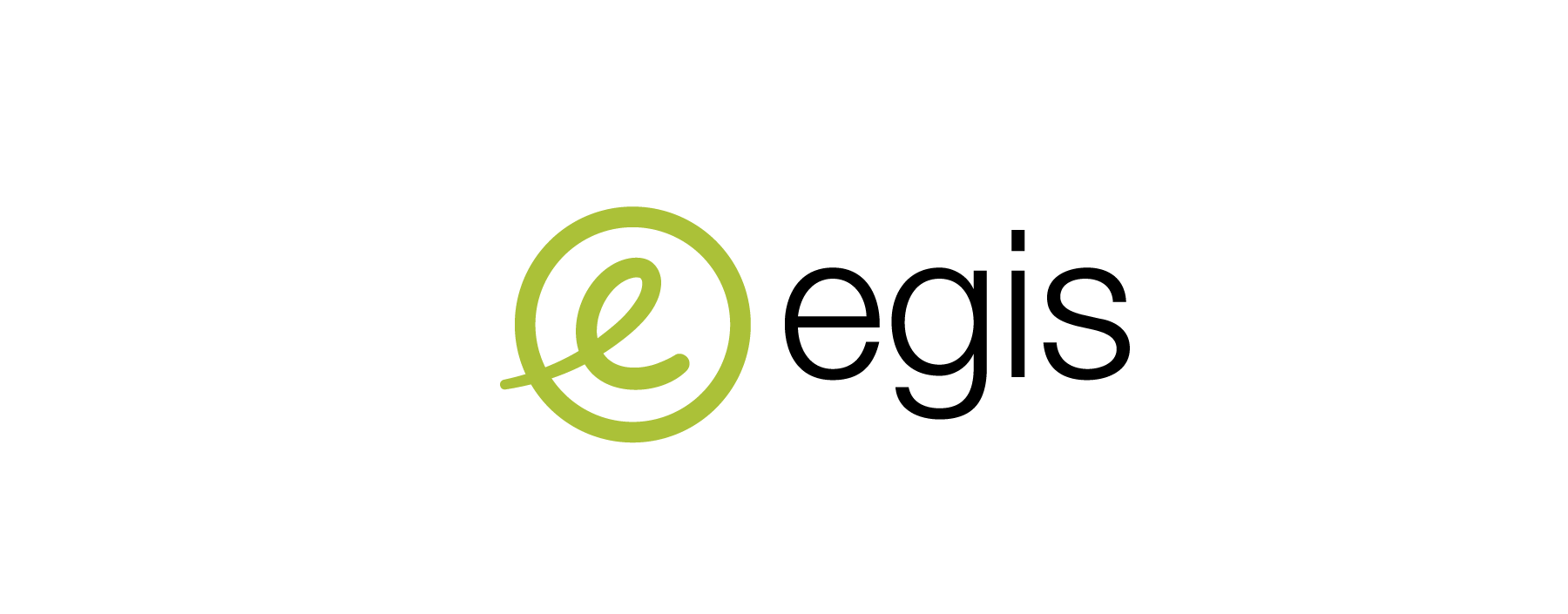COVID-19. Floods. Droughts. Wildfires. These are just a few of the global disruptive events witnessed in the last 18-months that have forced the need to rethink how engineers construct communities. These issues require our experts to think ‘outside the box’ and create new innovative solutions for our ever changing world and environment. We ask WME Director of MEP, Nicholas Byczynski, for his thoughts.

What approach will best suit the changing landscape of building design?
Rising global temperatures may force more and more areas to require Air Conditioning to maintain comfort conditions from occupants which will in turn increase the energy consumption in buildings contributing to global warming in a negative feedback loop.
This is coupled by the increased understanding of the transition COVID-19 and other similar viruses and how that is influenced by ventilation within buildings, generally it is now accepted that increase ventilation and filtration is a key protective measure to limit the spread of viruses which will increase energy consumption again feeding back negatively into the same feedback loop of global warming.
In order to break this cycle collaborative project teams need to combine passive building design techniques with modern technology to minimise energy consumption. Early engagement of all parties is critical to ensure that meaningful input can be provided to mitigate these and other design challenges. MEP engineers can ad value to these discussions from the initial pre-concept stages.
What recent project example demonstrates this altered approach?
The covid-19 pandemic has generally forced clients to think carefully about their systems and we have endeavoured to collate and absorb the best practice research from CIBSE, ASHRAE and other bodies to provide mitigation measures for new and existing projects. Technologies such as Ultra Violet Germicidal Irradiation (UVGI) either within the ductwork or within the space itself via integrated fittings is becoming more prevalent. Physical filtration such as HEPA has also been considered but concerns remain over the energy cost associated with the high pressure drops and the on-going maintenance requirements of filter replacements.
As mentioned previously these technologies can increase the energy consumption of projects and WME are involved in a number of highly sustainable projects which are also considering very carefully occupant safety and therefore must balance these potentially conflicting goals.
With climate change bringing higher temperatures across the world, what approach is essential to help new and existing construction projects maintain ?
A re-evaluation of the glass box design prevalent in recent decades will go a long way to helping to reduce energy consumption associated with the HVAC systems. WME are currently working on a number of projects which are modern developments built with traditional regional construction methods with lower levels of glazing, excellent self shading and internal court yards and are seeing loads substantially lower than we would expect for a similar “modern” design office or hotel. Essentially we need to embrace new technology in combination with sensible passive design methodologies in all aspects of designs to achieve real savings. Beyond design operation is critical and an area where the Middle East may be lagging behind other regions as there is a lack of both post occupancy monitoring and recommissioning and energy optomisation we are seeing particularly in the UK.




